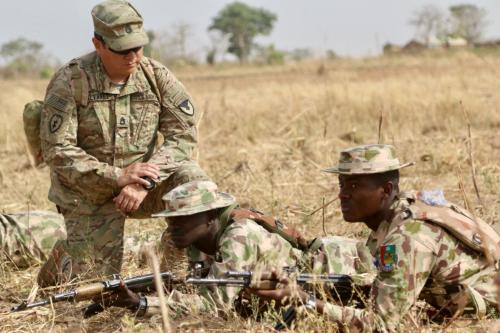

3:00 pm EDT - 5:00 pm EDT
Past Event
3:00 pm - 5:00 pm EDT
1800 Massachusetts Ave. NW
Washington, DC
By most metrics, the 1991 Gulf War, also known as Operation Desert Storm, was a huge and rapid success for the United States and its allies. The mission of defeating Iraq’s army, which invaded Kuwait the year prior, was done swiftly and decisively. However, the war’s impact on soldiers who fought in it was lasting. Over 650,000 American men and women served in the conflict, and many came home with symptoms including insomnia, respiratory disorders, memory issues and others attributed to a variety of exposures – “Gulf War Illness.”
On June 16, the Center for 21st Century Security and Intelligence at Brookings and Georgetown University Medical Center co-hosted a discussion on Desert Storm, its veterans, and how they are faring today. Representative Mike Coffman (R-Col.), the only member of Congress to serve in both Gulf wars, delivered an opening address before joining Michael O’Hanlon, senior fellow at Brookings, for a moderated discussion. Joel Kupersmith, former head of the Office of Research and Development of the Department of Veterans Affairs, convened a follow-on panel with Carolyn Clancy, deputy under secretary for health for organizational excellence at the Department of Veterans Affairs; Adrian Atizado, deputy national legislative director at Disabled American Veterans; and James Baraniuk, professor of medicine at Georgetown University Medical Center.


George Ingram
September 20, 2024
2024
The Brookings Instititution, Washington D.C.
1:00 pm - 4:20 pm EDT

Allison Minor
September 18, 2024